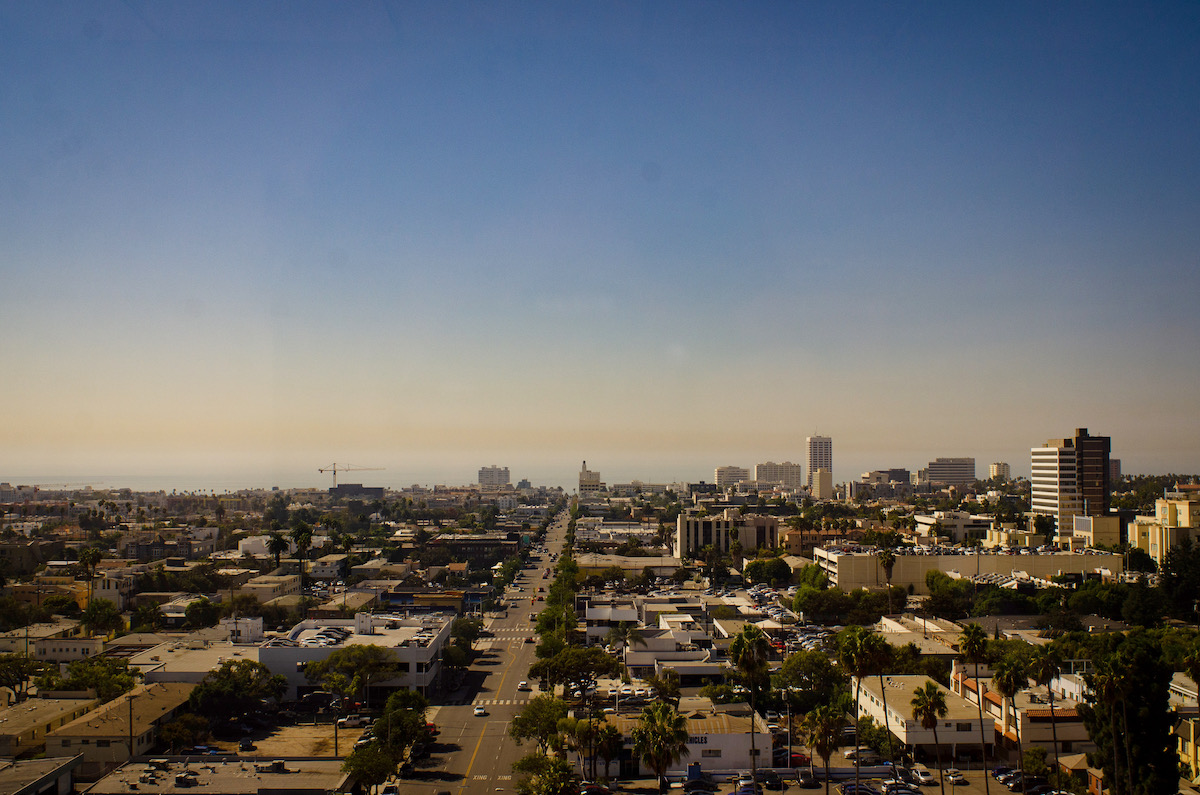What happens when a big government study undermines the assumptions made by the writers of another pricey official report?
Obvious, isn’t it? When studies or parts of studies contradict each other’s basic conclusions and assumptions, the ones that monied interests dislike will usually be ignored.
So it is today, with four big government agencies combining to present California officials and the public seven potential outlines of how to achieve the state’s goal of getting 30 percent of its electricity from renewable sources (solar and wind) within the next seven years.
The seven alternatives are presented as possible blueprints for something called the Desert Renewable Energy Conservation Plan (see it at http://www.drecp.org). The writers are staffers of the state Energy Commission, the California Department of Fish and Wildlife, the U.S. Bureau of Land Management and the U.S. Fish and Wildlife Service.
The alternatives might as well have been designed by the Southern California Edison Co., Pacific Gas & Electric and San Diego Gas & Electric. Any or all of them would guarantee big profit increases to those companies, even though they present slightly varying methods of placing wind turbines and gigantic new arrays of solar panels in California’s vast deserts.
The new installations would go into a two million acre area about the size of the state of Indiana covering parts of Imperial, Inyo, Kern, Los Angeles, Riverside, San Bernardino and San Diego counties. Their effects would be felt on electric bills everywhere in California not served by a municipally-owned utility.
Each of the plans would necessitate installing many miles of power transmission lines to bring the new electricity to users. Since electric rates are based in part on costs incurred when utilities build infrastructure, the three big power companies would net about 11.2 percent profit on the money – which they will get from their customers – annually over the next 20 to 30 years. Figure at least $4 billion additional profit for them during that time.
But it turns out there’s a much cheaper way to accomplish the renewable-power goal, one that doesn’t involve nearly as many desert acres or power lines.
As outlined in a 2012 report from the U.S. Environmental Protection Agency, use of photovoltaic solar panels on contaminated land, mine sites and rooftops could produce about the same amounts of energy as the large solar thermal arrays planned in the Desert Energy Plan, several of which are now under construction deep in the Mojave Desert. (See the EPA report at http://www.epa.gov/oswercpa.)
The Desert Energy Plan doesn’t even mention the EPA report, but does seem to discount it by finding that many California rooftops are unavailable for solar energy because of building orientation (roofs facing north), structural integrity (they’re not strong enough to hold the panels) or “other reasons.” Use of rooftops and contaminated land in urban areas (land unsuitable for building because too much oil or chemical residue is present) would also necessitate upgrades to local power distribution systems.
While some buildings may be unsuitable, as the Desert Energy Plan says, plenty of others would do just fine. There are also myriad acres of urban parking lots still uncovered by the solar panels now used at a few locations. And the EPA lists eight contaminated California sites from Sacramento to northern San Diego County now covered at least in part by photovoltaic panels that currently produce just over 12 megawatts of power. The report suggests there are many more sites that could also be put to this use, but used for little else.
Even if local power distribution lines have to be expanded or upgraded, that would still be a lot cheaper than building hundreds, perhaps thousands of miles of transmission towers and lines.
The fact that electricity rates will rise when the new desert solar thermal arrays, some almost finished, go online in the next couple of years has been widely reported and documented. No one has been able to pinpoint the amount of the rate increases, in large part because the state Public Utilities Commission refuses to divulge how much some of those projects will cost. But it’s reasonable to expect an increase of at least 10 percent to rates that are already among America’s highest.
For the big agencies putting together the Desert Energy Plan to totally ignore the EPA’s recent report suggests they are less interested in the most efficient and least costly ways to produce renewable power than they are in devising a simple, elegant plan that would also please the utilities.













